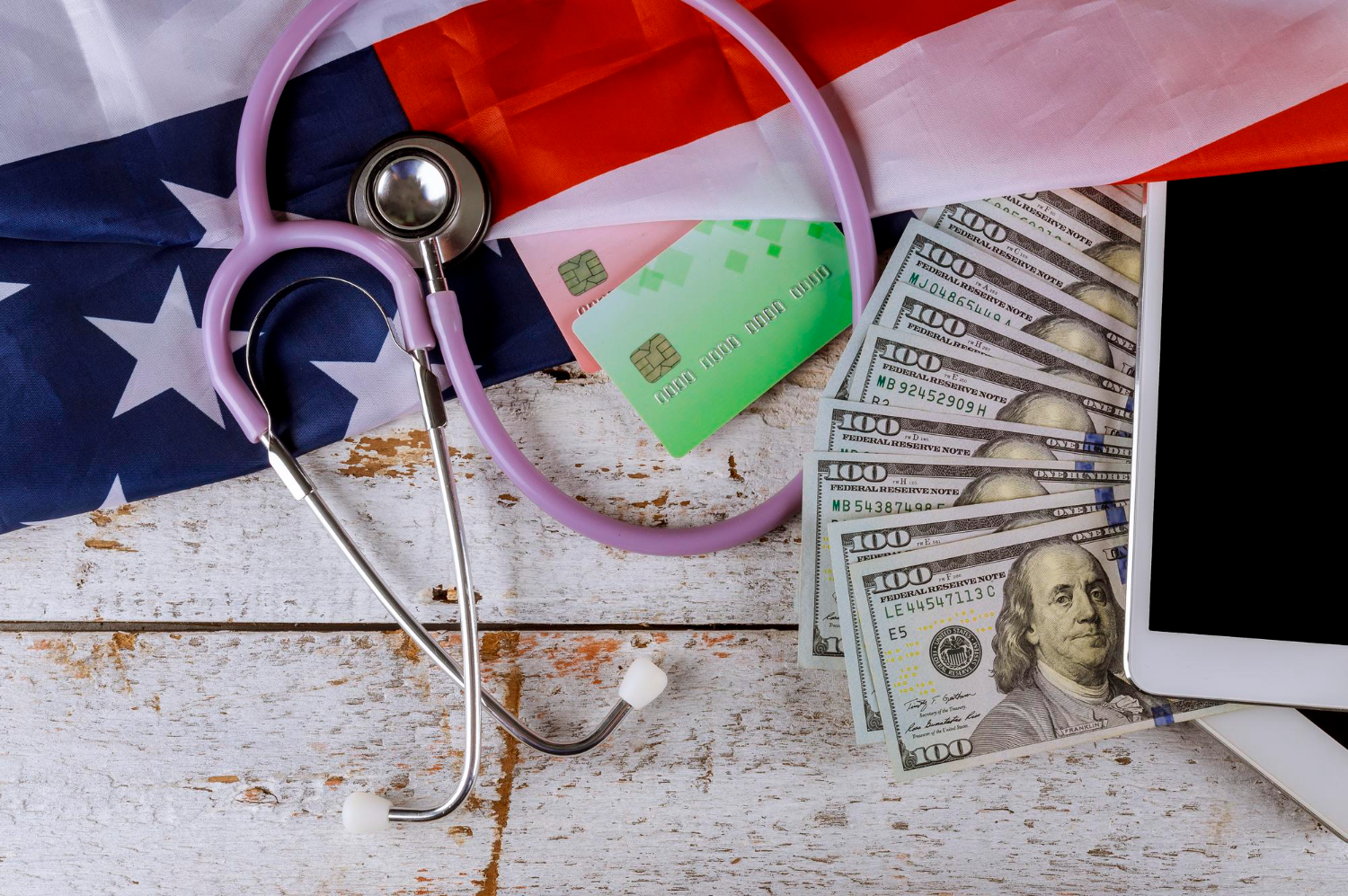
Trump’s Healthcare Funding Proposal
President Donald Trump unveiled a significant healthcare funding proposal on November 8, recommending that federal healthcare dollars be redirected from insurance companies directly to American citizens. In a Truth Social post, the President articulated his vision for restructuring how healthcare subsidies reach consumers.
“I am recommending to Senate Republicans that the Hundreds of Billions of Dollars currently being sent to money sucking Insurance Companies in order to save the bad Healthcare provided by ObamaCare, BE SENT DIRECTLY TO THE PEOPLE SO THAT THEY CAN PURCHASE THEIR OWN, MUCH BETTER, HEALTHCARE, and have money left over,” Trump stated in his social media message.
The President’s recommendation represents a fundamental shift in healthcare financing philosophy, proposing to eliminate the intermediary role of insurance carriers in distributing federal healthcare subsidies. Under this framework, individuals would receive direct payments to purchase coverage independently, potentially providing consumers with greater autonomy in selecting health insurance plans.
The Government Shutdown Context
President Trump’s healthcare proposal emerged during the longest government shutdown in United States history. The unprecedented closure of federal operations stems from congressional disagreement over the future of enhanced Affordable Care Act subsidies, which face expiration at year’s end without legislative action.
Political Stakes and Public Opinion
The shutdown has created significant political pressure on lawmakers from both parties. Healthcare policy has become the central battleground, with enhanced ACA subsidies representing billions in federal healthcare spending. The standoff illustrates the deep partisan divide over healthcare financing approaches and the proper role of government in health insurance markets.
Enhanced ACA Subsidies at Stake
The enhanced subsidies under debate have fundamentally transformed the health insurance marketplace landscape since their introduction. These tax credits expanded marketplace eligibility to households earning more than 400% of the federal poverty limit, while capping premium costs for benchmark plans at 8.5% of household income.
Marketplace Growth Statistics
The impact of enhanced subsidies on marketplace participation has been dramatic. Enrollment statistics reveal that marketplace participation more than doubled from 11.4 million enrollees in 2020 to 24.3 million participants in 2025. This enrollment surge demonstrates how premium assistance influences consumer decisions to purchase health insurance coverage.
Public Support for Subsidies
Recent polling data indicates strong public support for maintaining the enhanced tax credits. Over 75% of American adults favor keeping these subsidies in place, according to survey results. However, the same polling reveals conflicting priorities, with many voters preferring to end the government shutdown even without guaranteed subsidy extension.
Senate Advances Spending Package
On November 10, the Senate moved forward with a spending package that could potentially end the government shutdown. The legislation creates a procedural pathway for the Senate to vote in December on extending enhanced healthcare subsidies, though passage remains uncertain.
Legislative Timeline
The spending package represents a compromise approach, separating immediate government funding from the contentious healthcare subsidy debate. By scheduling a December vote on subsidy extension, lawmakers hope to reopen government operations while continuing negotiations on healthcare policy. This two-step process reflects the difficulty of achieving consensus on healthcare financing.
Trump’s Healthcare Reform History
Before beginning his second presidential term, President Trump stated his intention to improve rather than terminate the 2010 Affordable Care Act. The President promised to make healthcare “FAR LESS EXPENSIVE” through reforms while maintaining coverage protections.
Republican Reform Promises
Republican leadership hinted at enacting major healthcare reforms during Trump’s return to office. However, the overall ACA structure and core benefits have remained unchanged to date. Previous attempts at total repeal or comprehensive overhaul have not succeeded, leaving the fundamental architecture of Obama-era healthcare policy intact.
Insurance Industry Response
America’s Health Insurance Plans (AHIP) President and CEO Mike Tuffin responded to Trump’s proposal on the same day, defending the insurance industry’s role in healthcare financing. Tuffin emphasized that health plans work to shield Americans from escalating medical care costs.
Industry Profit Margins
“Health plans are doing everything in their power to shield Americans from the high and rising costs of medical care. Data show that in 2024 health plans’ profit margin was 0.8%, and that in 2023 health plan profits represented about 0.5% of national health expenditures,” Tuffin stated in his response.
The AHIP leader noted that health insurance companies remain the only healthcare sector with federally capped profits and administrative costs, suggesting that criticism of insurance industry profitability may be misplaced.
Impact on Marketplace Enrollment
The potential elimination of insurance company intermediaries could significantly affect marketplace dynamics. Current marketplace structure relies on insurers to provide plan options, negotiate provider rates, and administer benefits. Direct payment systems would require establishing alternative mechanisms for these functions.
Future of Healthcare Policy
The debate over healthcare funding mechanisms reflects broader ideological differences about market-based versus government-administered healthcare systems. Trump’s direct payment proposal represents a market-oriented approach, while enhanced subsidies maintain traditional insurance marketplace structures. As December approaches, the resolution of this debate will shape American healthcare policy for years to come.
Discover the latest payers’ news updates with a single click. Follow DistilINFO HealthPlan and stay ahead with updates. Join our community today!


